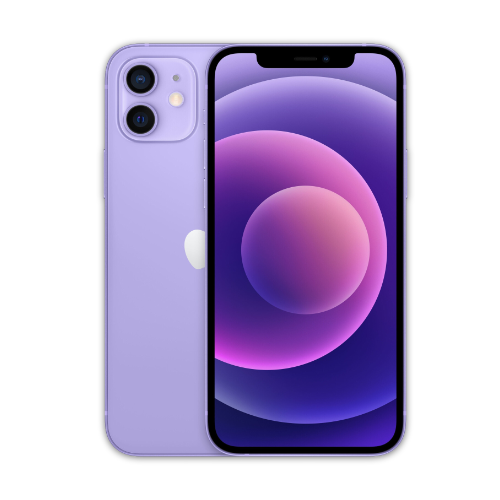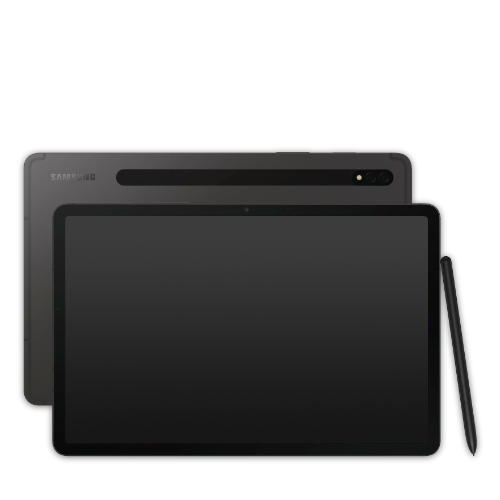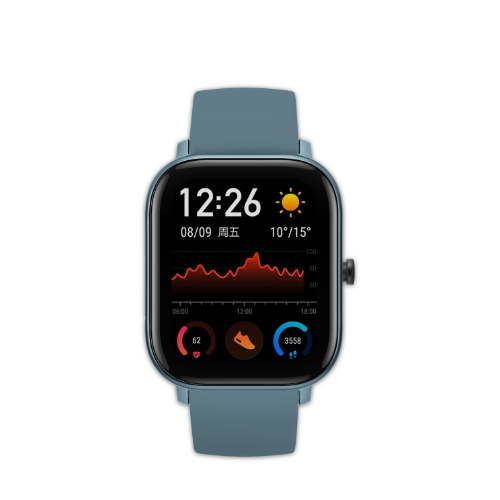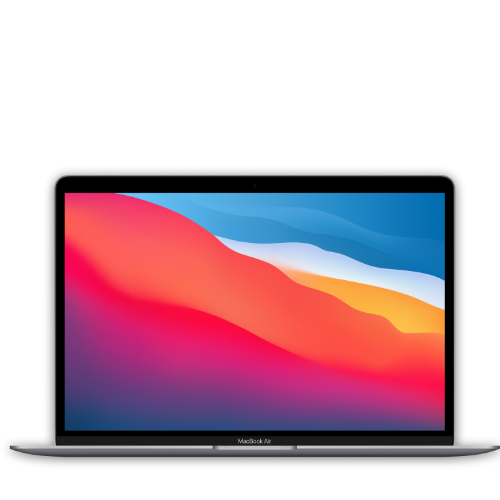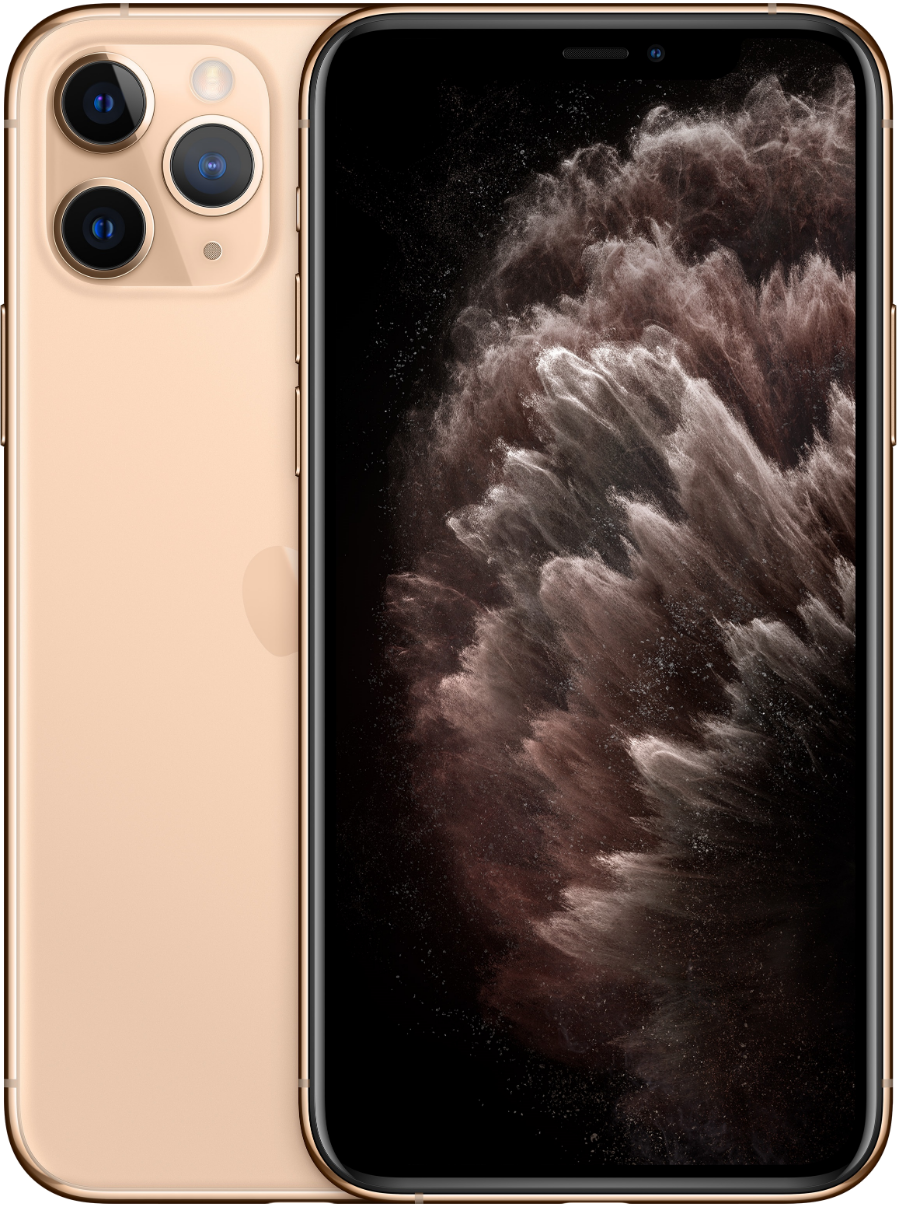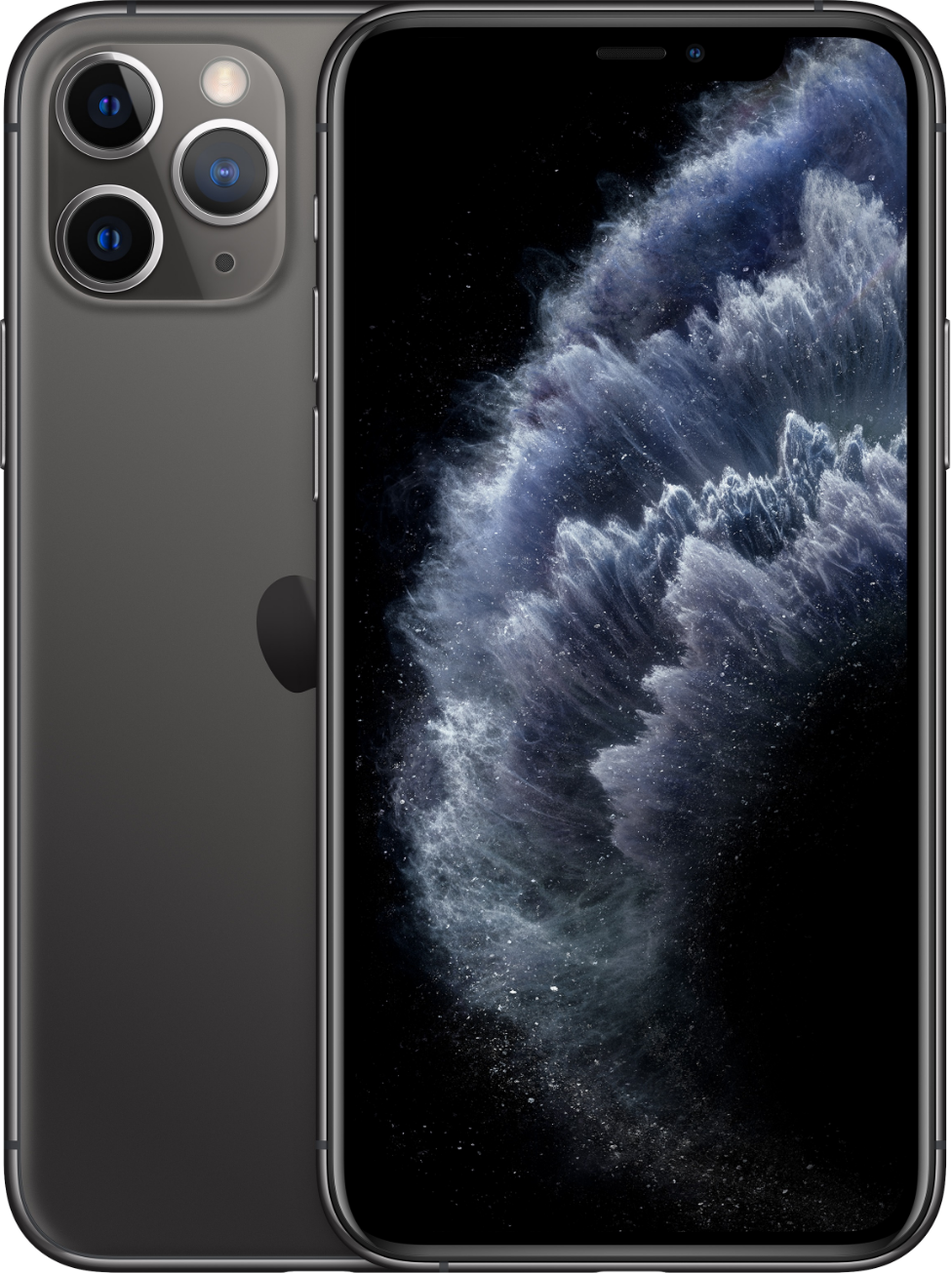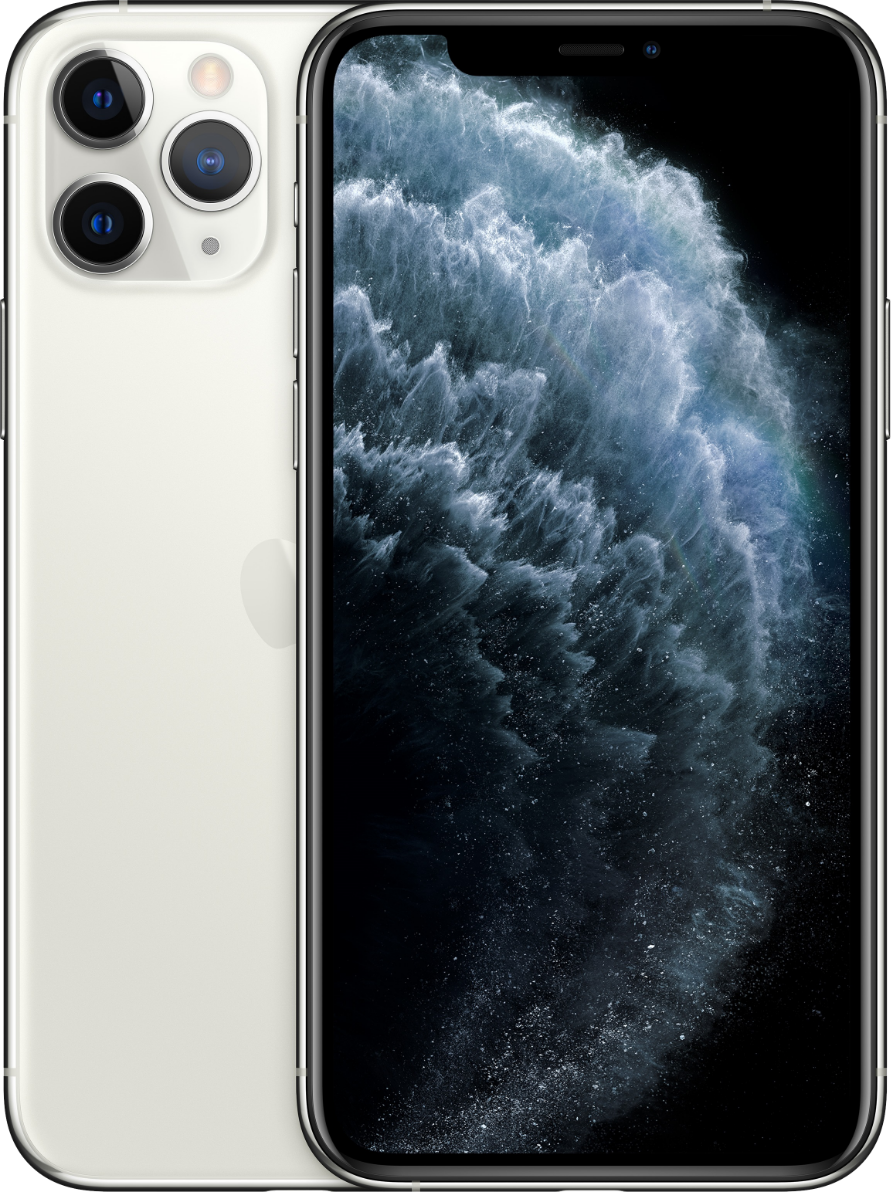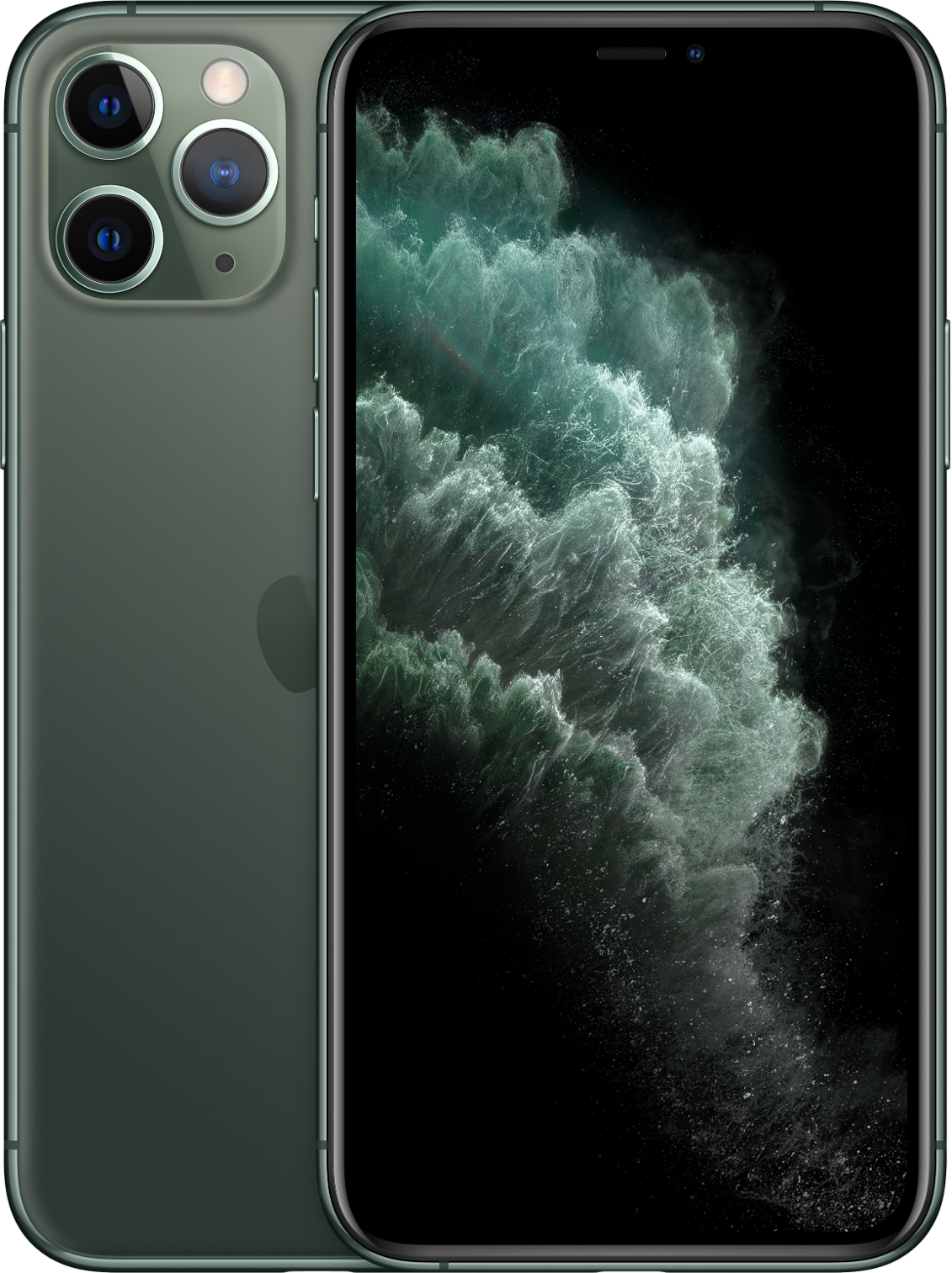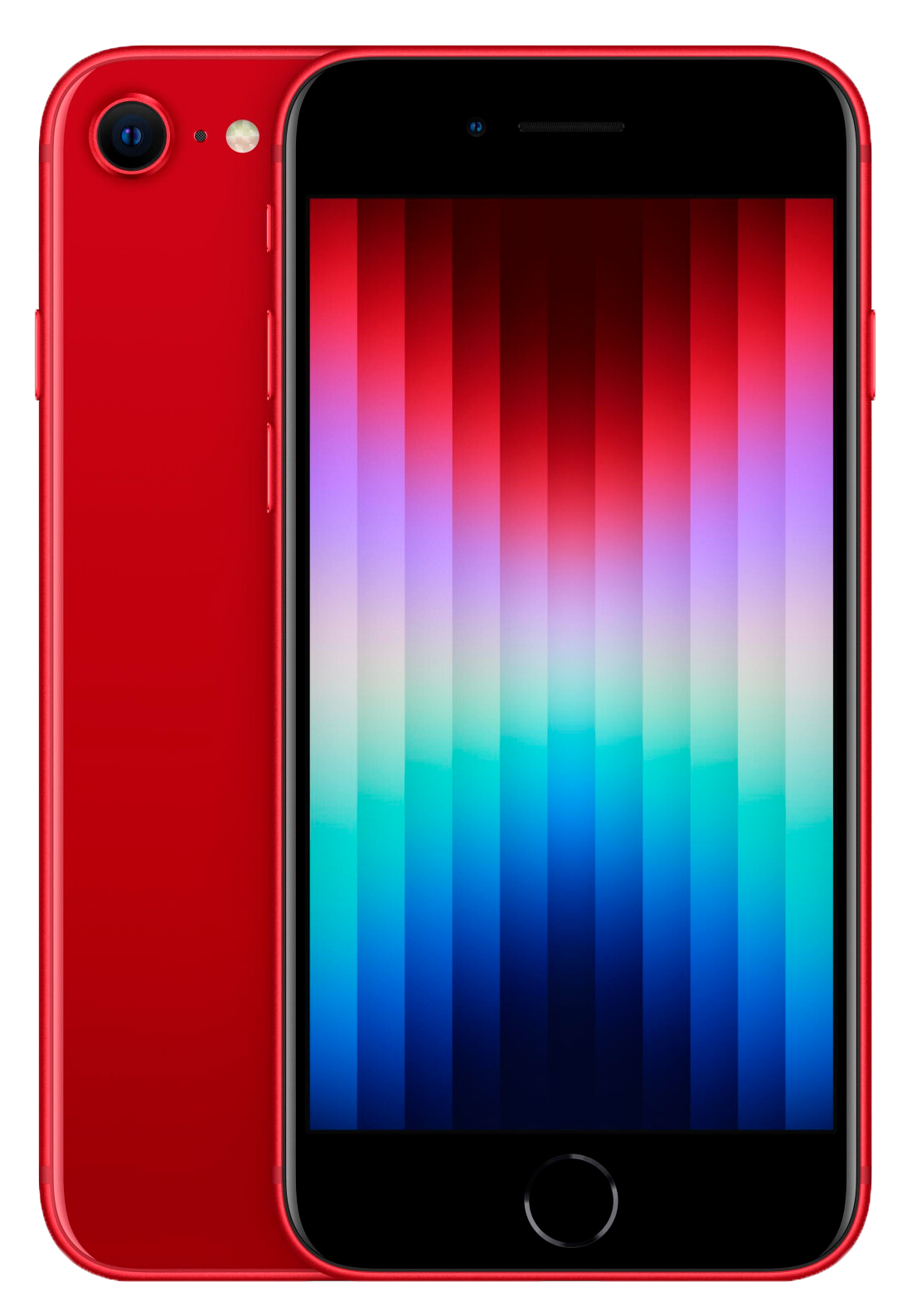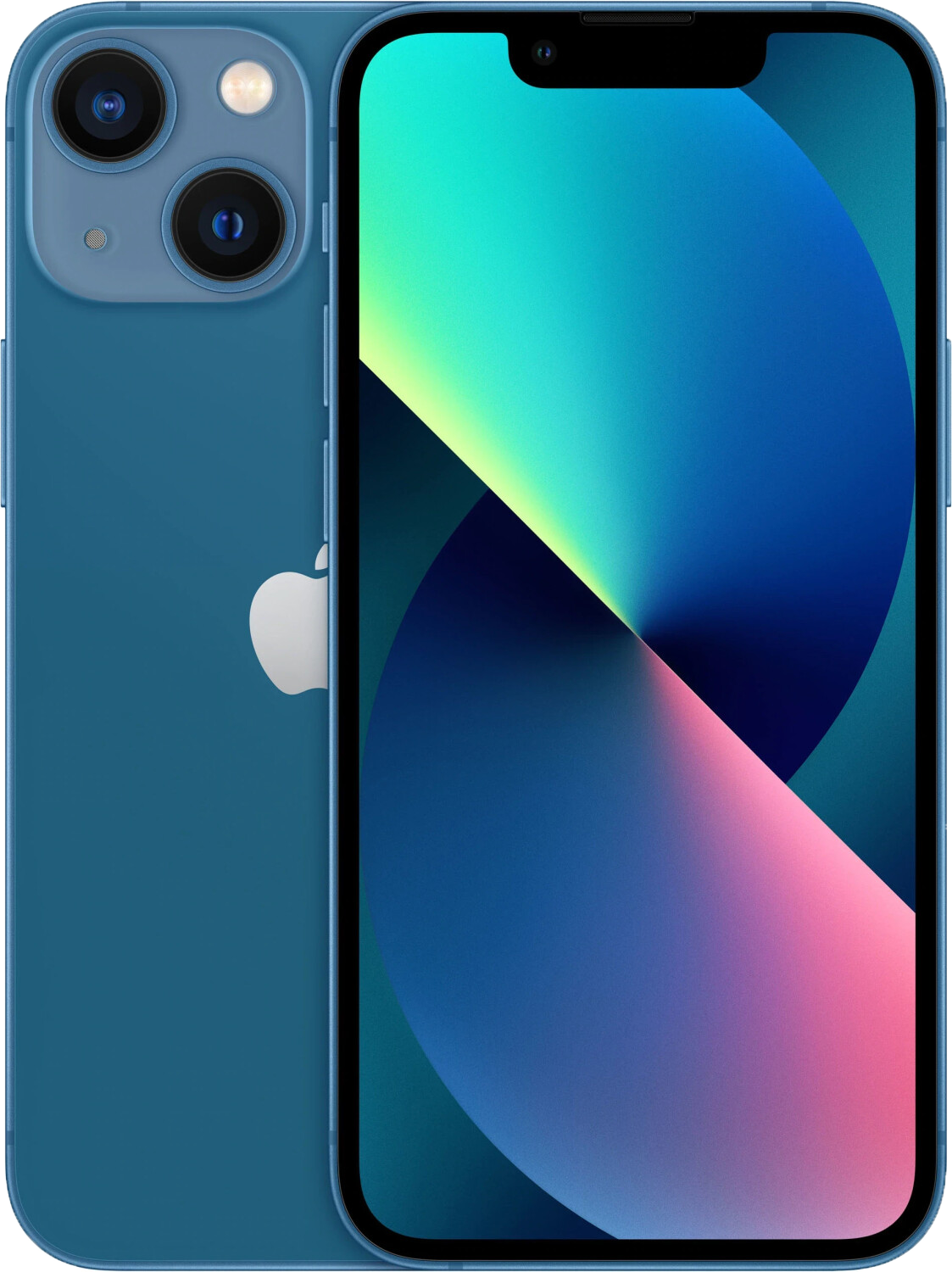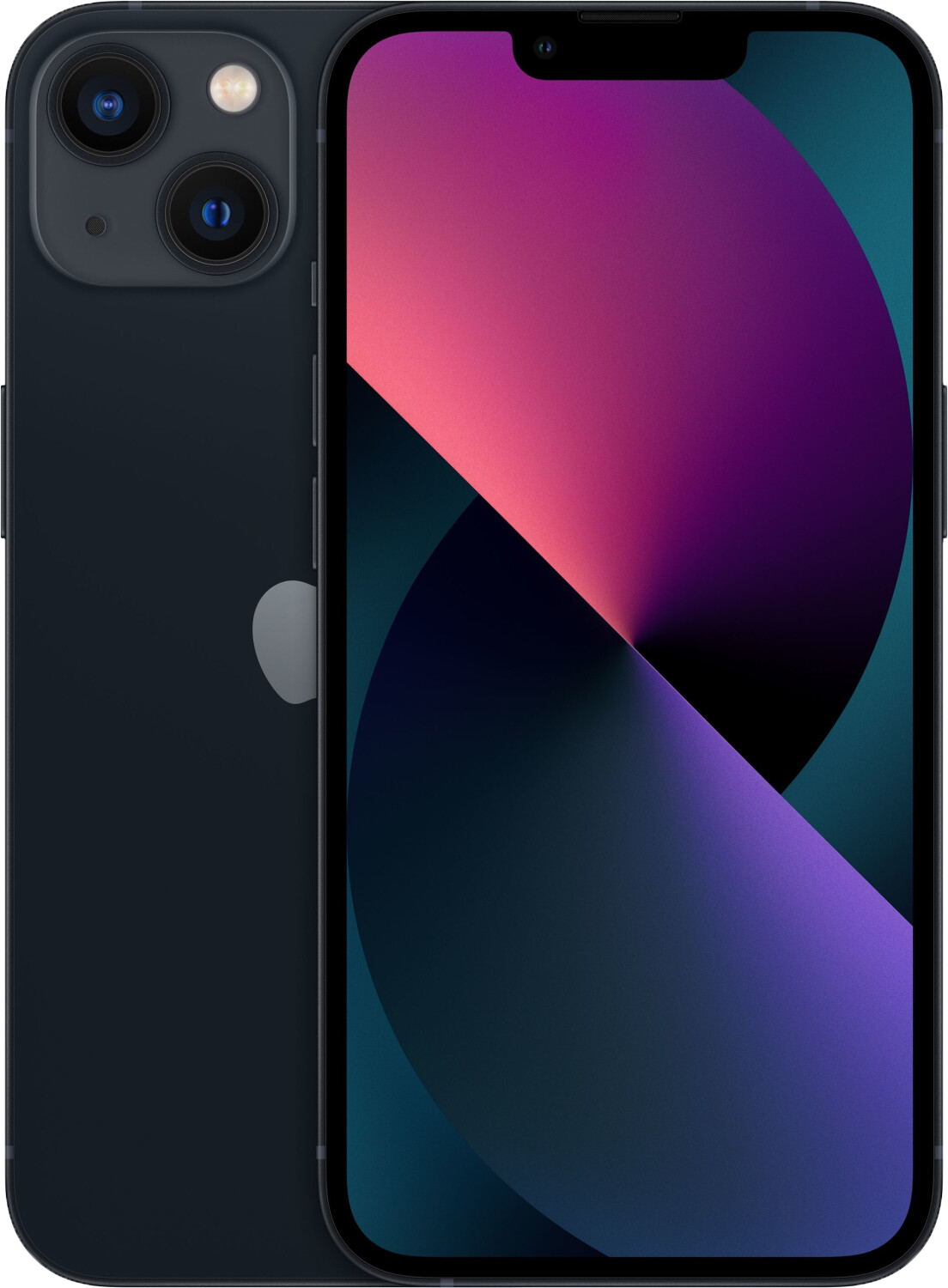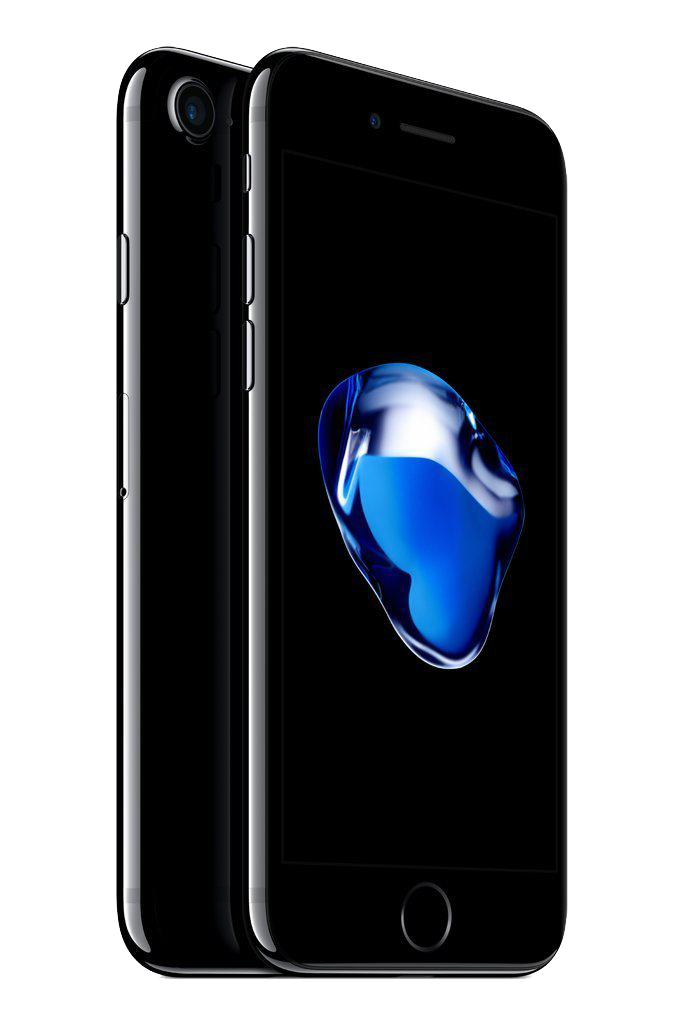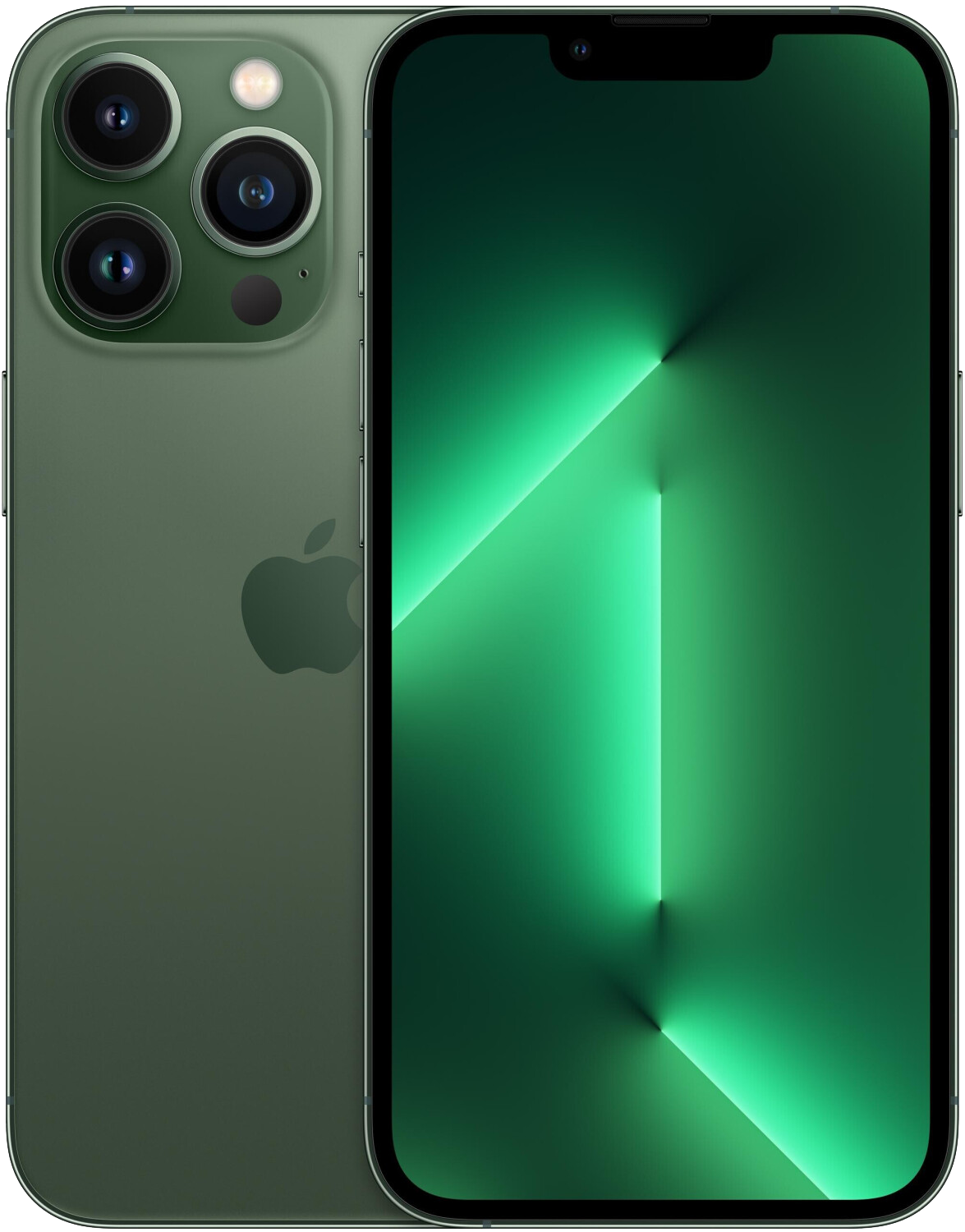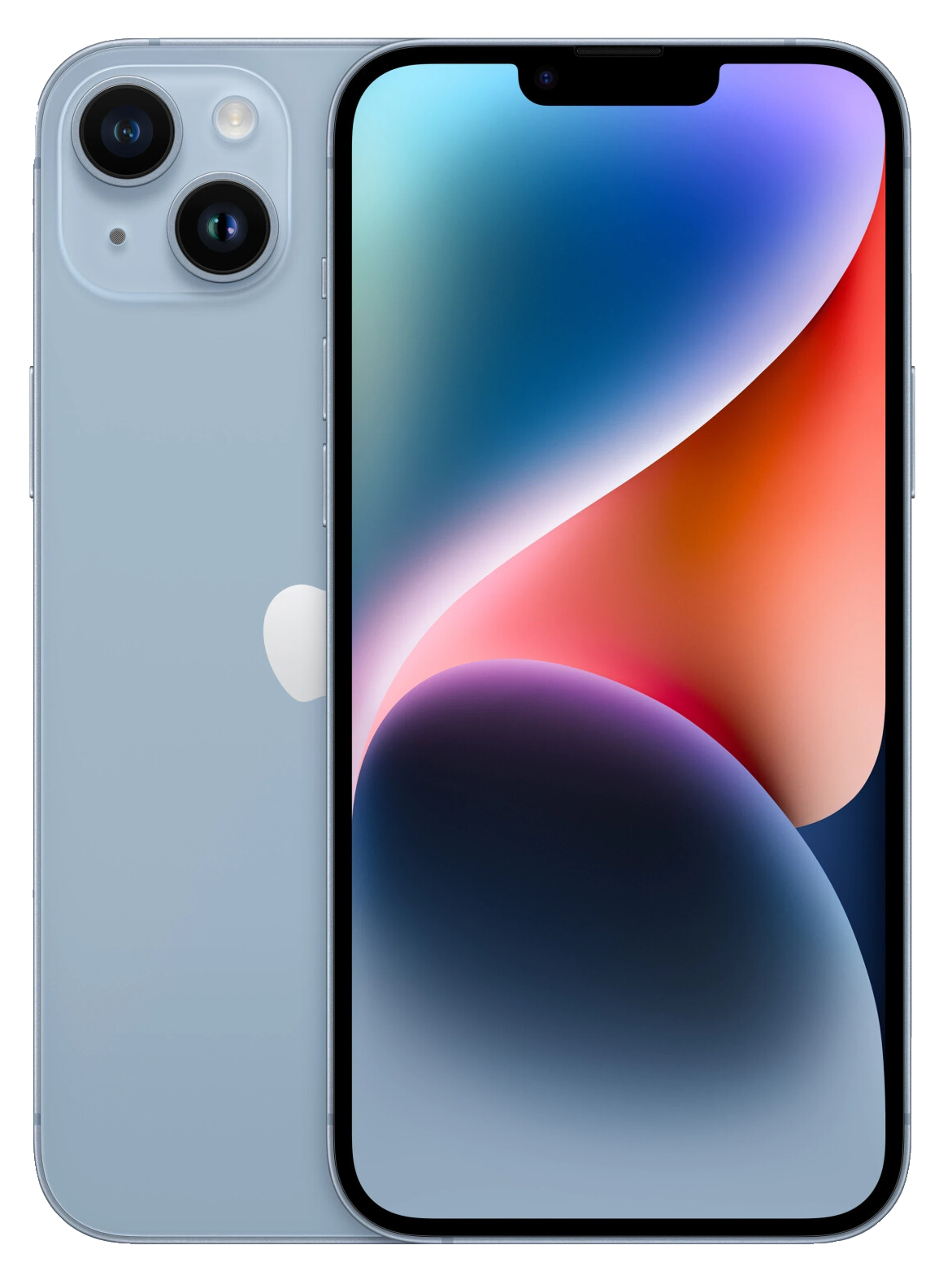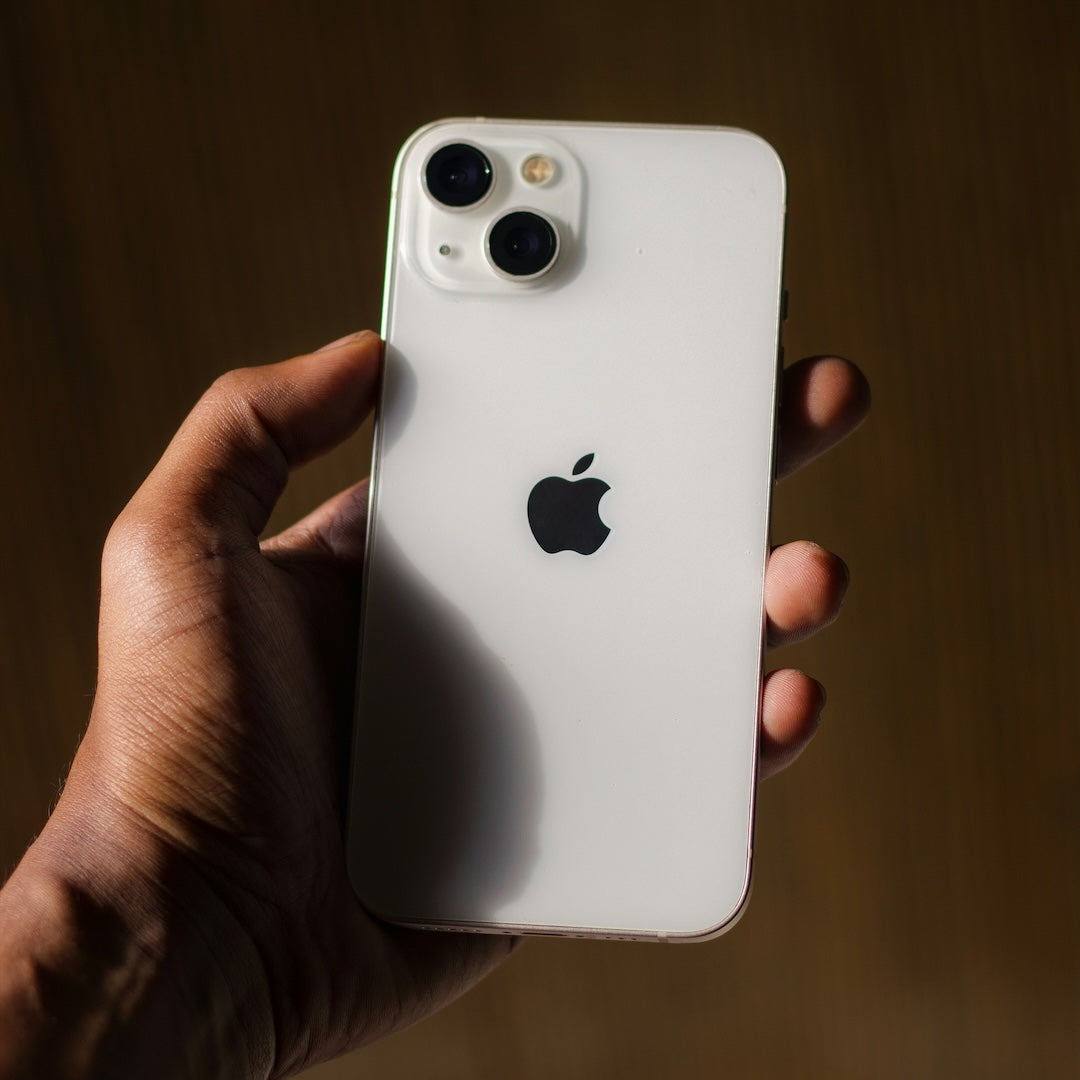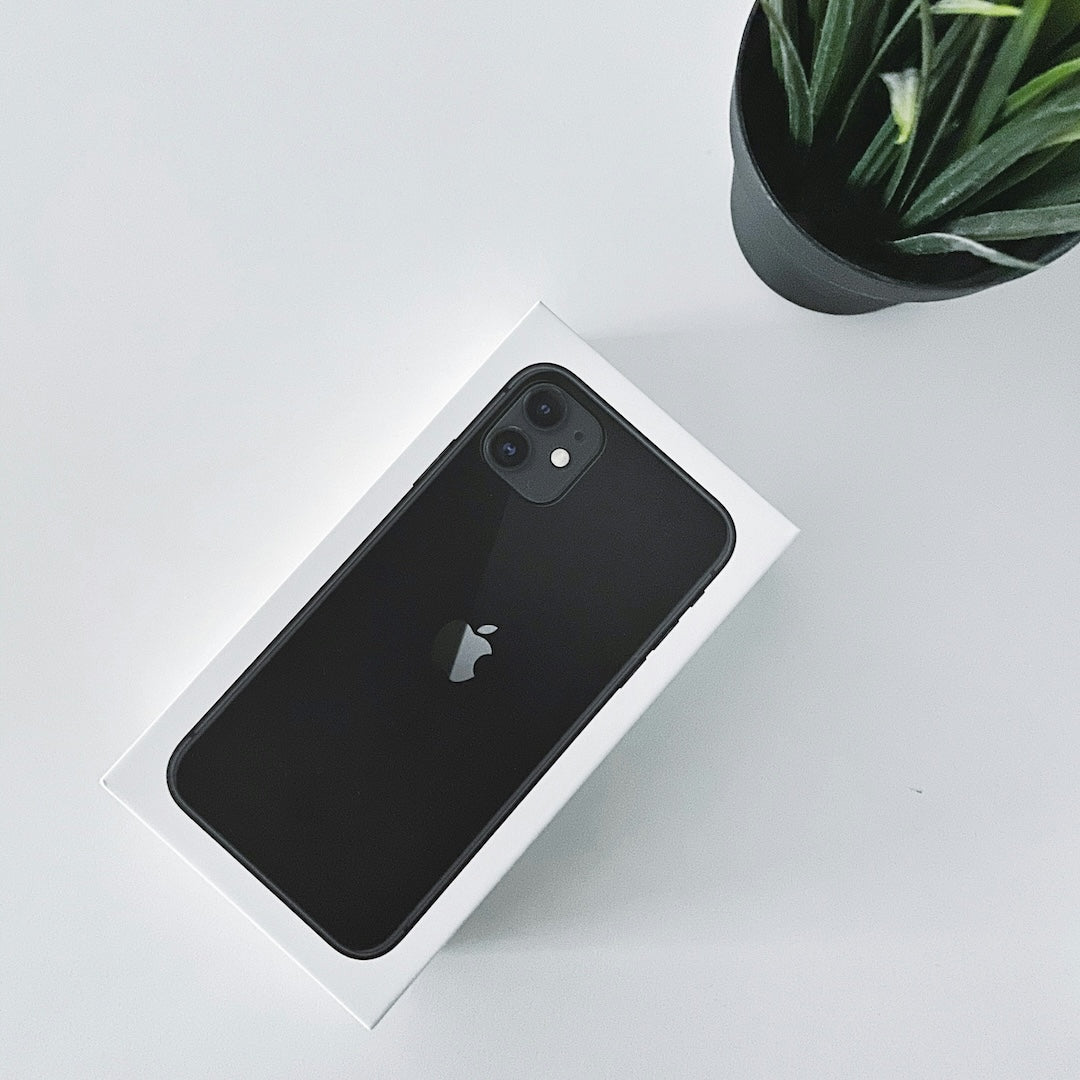What can the iPhone 11 Pro do? The most important features at a glance
| feature | details | |
| display |
| |
| Performance | A13 Bionic chip with 4 GB RAM | |
| cameras | triple camera and 4K video recording | |
| water and dust protection | IP68 (up to 4 meters for 30 minutes) | |
| connectivity | 4G LTE, Wi-Fi 6, Bluetooth 5.0, NFC, Dual-SIM (Nano-SIM and eSIM) | |
| Other Features | Face ID, wireless charging |
What inspires us and what is missing
👍 camera quality: The triple camera system offers flexibility and strong results. The night mode and 4K video recordings in particular set standards that will still be impressive in 2025.
👍 Brilliant display: The 5.8-inch Super Retina XDR display with OLED technology delivers vivid colors, deep blacks and high brightness – ideal for movies, photos and gaming.
👍 Strong performance: The A13 Bionic chip will still offer enough power for everyday tasks, gaming and multitasking in 2025.
👎 No 5G: While 5G is becoming more widespread, the iPhone 11 Pro only supports LTE.
👎 Limited storage: The basic 64GB version is no longer up to date for many users, and larger storage options are more expensive.
👎 No modern features: Innovations such as Dynamic Island, Always-On Display or sensor-shift image stabilization, which are reserved for newer models, are missing.
Is the iPhone 11 Pro future-proof?
The iPhone 11 Pro will still be usable in 2025 thanks to iOS 18. However, it is not expected to receive any more major iOS updates after the iOS 19 update, but will remain protected by security updates for some time. However, modern features such as Apple's new AI functions and 5G are missing.
➡ If you're looking for a reliable smartphone with up-to-date software support, this is the right choice. However, if you value long-term support, faster connections, and innovative features, you should consider upgrading to a newer model.
Powercheck: What can the A13 Bionic chip do?
Even in 2025, the A13 Bionic will still deliver enough power for smooth multitasking, fast surfing, and demanding apps. High-quality streaming, photo editing, and casual gaming all run smoothly. Even current games are playable, although not always with maximum graphics settings.
➡ The iPhone 11 Pro remains absolutely usable for everyday tasks – only those who rely on top performance and AI features should upgrade.
| Model | Geekbench Single-Core | Geekbench Multi-Core |
| iPhone 11 Pro | 1718 | 3824 |
| iPhone 11 Pro Max | 1727 | 3882 |
| iPhone 13 Pro | 2336 | 5721 |
These values come from Geekbench 6, a popular benchmark tool for measuring processor performance. The scores provide an initial orientation to the raw performance of a chip, but do not always reflect everyday performance - factors such as software optimization, battery status and background processes influence the result.
📌 You can learn more about the significance of Geekbench scores in our blog article.
iPhone 11 Pro camera review: How will it perform in 2025?
A look at the camera performance of the iPhone 11 Pro shows that it delivers solid photos and videos, but has weaknesses compared to newer models. A test by Irina Tech confirms:
📸 daylight photos: Colors and details are good, but newer iPhones offer better HDR processing.
🔍 zoom: Only 2x optical zoom – at higher zoom levels the image quickly becomes noisy.
👤 portraits: Edge detection is solid, but fine details like hair are not always captured perfectly.
🤳 selfies: Without autofocus, selfies appear softer and less sharp compared to current iPhones.
🎥 video stabilization: Still good, but not at the level of newer iPhones with sensor-shift technology.
🌙 night shots: Night mode improves low-light photos, but night videos show more noise than modern models.
➡ The iPhone 11 Pro's camera is still perfectly adequate for everyday use, especially in daylight. However, if you want better zoom, autofocus for selfies or more stable night videos, you should consider a newer model.
Source: https://www.youtube.com/watch?v=DyX-QZZBgpw
How long does the battery last?
A test by Mrwhosetheboss shows that the iPhone 11 Pro lasts around 7.5 hours with intensive use - an hour longer than the iPhone 12 Pro. The iPhone 11 Pro Max even lasts a full 8.5 hours, making it the clear winner of the test. For comparison: The iPhone 12 lasts around 6 hours 40 minutes, while the iPhone 11 runs out of battery the quickest at just over 5 hours.
➡ In everyday life, this means that a normal day is easily doable without recharging.However, if you use particularly energy-intensive applications such as gaming or constant streaming, it can become tight in the evening.
Source: https://www.youtube.com/watch?v=8Xi8HfOCG8o&t=399s
📱 Simple Alpaca: “Solid pro model – with minor drawbacks”
Tech YouTuber Simple Alpaca has tested the iPhone 11 Pro 2024 again and draws a clear conclusion: It remains a strong smartphone, but there are better alternatives - especially in terms of future-proofing.
What convinces:
✔ High-quality OLED display – sharp, high-contrast and still great for everyday use
✔ Good performance with A13 Bionic – apps, gaming and multitasking run smoothly
✔ Solid triple camera – wide angle, telephoto & ultra wide ensure versatile shots
Where it is weak:
❌ No 5G & MagSafe – no longer up to date with connectivity
❌ Battery life is okay, but not outstanding – enough for a day, but no records
❌ Software updates are ending soon – iOS 18 is probably the last major update
➡ Conclusion from Simple Alpaca: The iPhone 11 Pro is still a good device in 2025 - with a strong display, solid performance and a usable camera. But if you are looking for long-term updates, better battery life or modern features, you should consider a newer model.
Source: https://www.youtube.com/watch?v=W2KniGXy5is
Our conclusion
The iPhone 11 Pro is still a solid choice in 2025 for anyone looking for a compact, powerful iPhone with a high-quality display and a good camera. It is well suited as an everyday device or second phone, as long as you can do without features such as 5G, MagSafe and Always-On Display. However, anyone looking for a smartphone for the next few years with long-term updates and modern standards should consider a newer model such as the iPhone 12 Pro or that iPhone 13 Pro into consideration.

